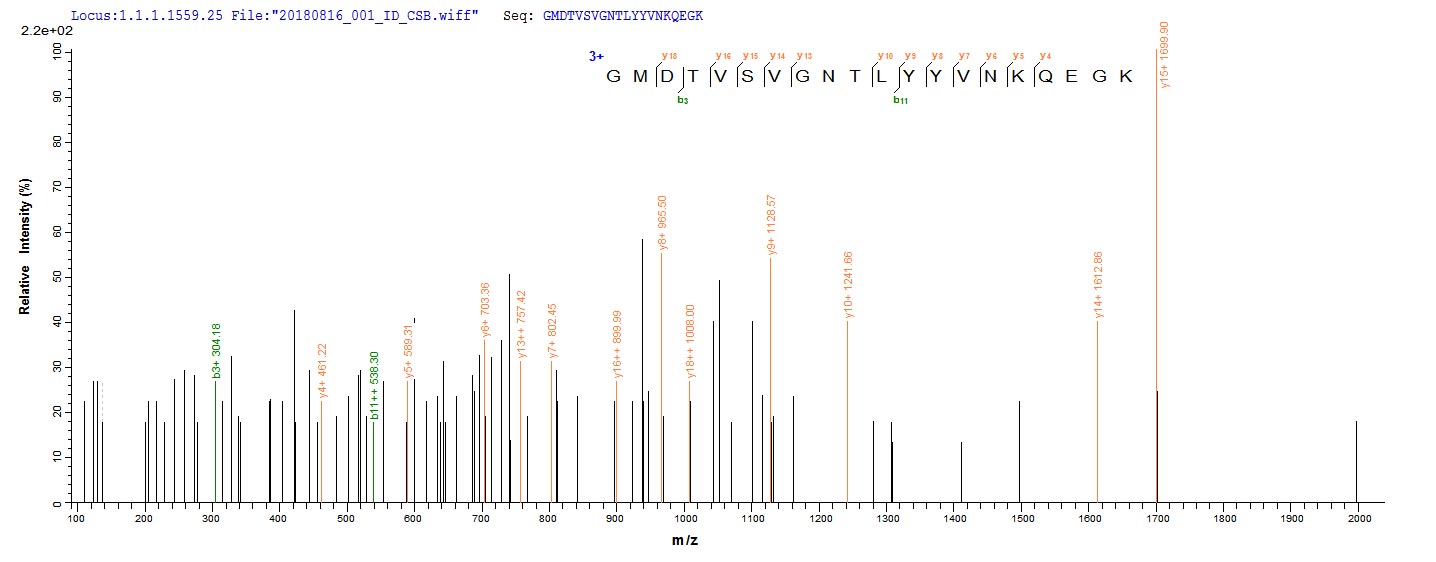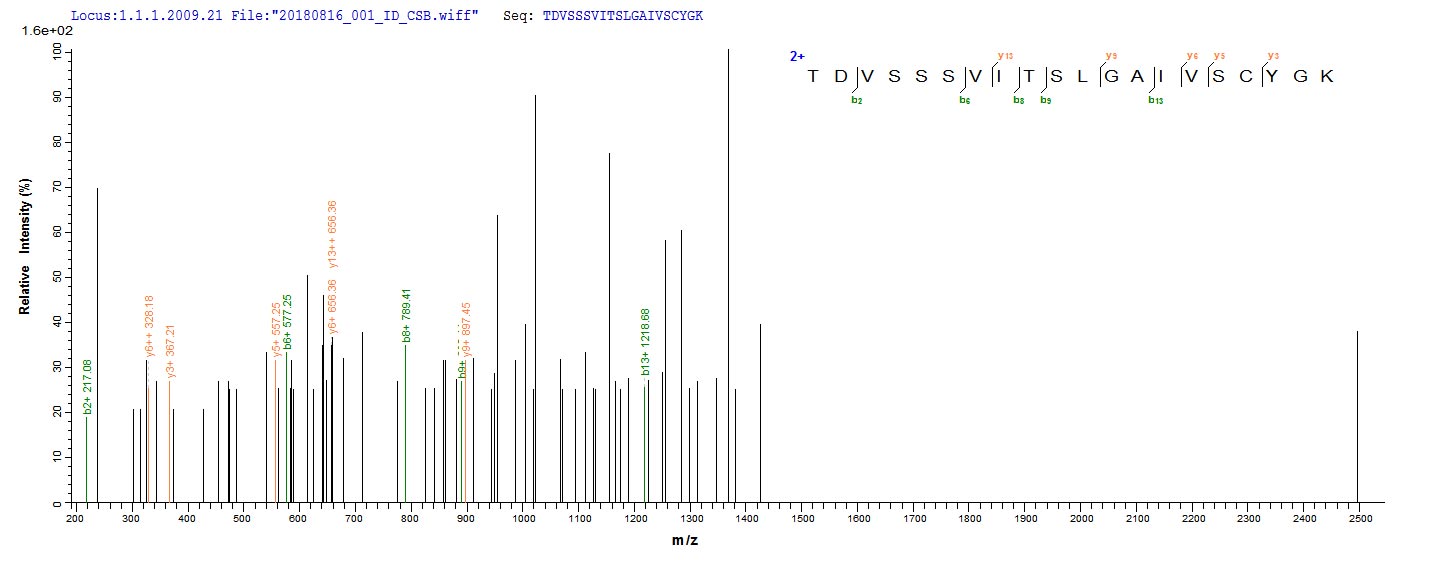Recombinant Human respiratory syncytial virus A Fusion glycoprotein F0 is produced in E. coli and contains the extracellular domain from amino acids 27 to 529. The protein carries an N-terminal 6xHis-tag, which helps with purification and detection. SDS-PAGE analysis shows purity levels greater than 85%, making it appropriate for various research applications. Low endotoxin levels are maintained in the final product, which appears important for sensitive experimental work.
The Fusion glycoprotein F0 of Human respiratory syncytial virus A seems to play a central role in how the virus infects cells by mediating membrane fusion and viral entry into host cells. This protein has become a key target for research into viral pathogenesis and vaccine development, since it likely initiates the infection process. Understanding how this protein works may be critical for developing therapeutic interventions and grasping the mechanisms behind viral entry.
Potential Applications
Note: The applications listed below are based on what we know about this protein's biological functions, published research, and experience from experts in the field. However, we haven't fully tested all of these applications ourselves yet. We'd recommend running some preliminary tests first to make sure they work for your specific research goals.
Human respiratory syncytial virus A Fusion glycoprotein F0 is a complex viral glycoprotein that requires precise folding, proper glycosylation at multiple asparagine residues, correct disulfide bond formation, and proteolytic cleavage for its functional activity in membrane fusion and viral entry. The E. coli expression system cannot provide the eukaryotic folding environment, glycosylation machinery, or proteolytic processing required for this viral glycoprotein. The extracellular domain (27-529aa) lacks the transmembrane and cytoplasmic regions, but the absence of glycosylation and potential improper disulfide bonding means the protein is unlikely to adopt its native conformation. The N-terminal 6xHis-tag may cause minimal steric interference, but the probability of correct folding with functional activity is extremely low.
1. Antibody Development and Characterization Studies
This application has significant limitations. While antibodies can be generated against linear epitopes, the non-glycosylated, misfolded protein may not present conformational epitopes found on the native, glycosylated F protein on RSV virions. Antibodies raised against this recombinant protein may not efficiently neutralize the virus or recognize the native protein in immunological assays.
2. Structural and Biophysical Characterization
Basic biophysical analysis can be performed but will not reflect native F protein structure. Techniques like circular dichroism spectroscopy may assess secondary structure content, but the lack of glycosylation and potential improper disulfide bonding mean results will describe an artificial protein rather than the viral glycoprotein. The His-tag may interfere with high-resolution structural studies.
Final Recommendation & Action Plan
This E. coli-expressed RSV F protein extracellular domain is unsuitable for functional studies due to the essential requirements for glycosylation and proper folding that cannot be met in this expression system. The protein should not be used for interaction studies and vaccine research. Application 1 (antibody development) has severe limitations and may produce antibodies with poor viral neutralization capability. Application 2 provides only basic characterization of the misfolded protein. For reliable RSV research, use full-length, glycosylated F protein expressed in mammalian or insect cell systems that support proper post-translational modifications and preserve native conformational epitopes.







